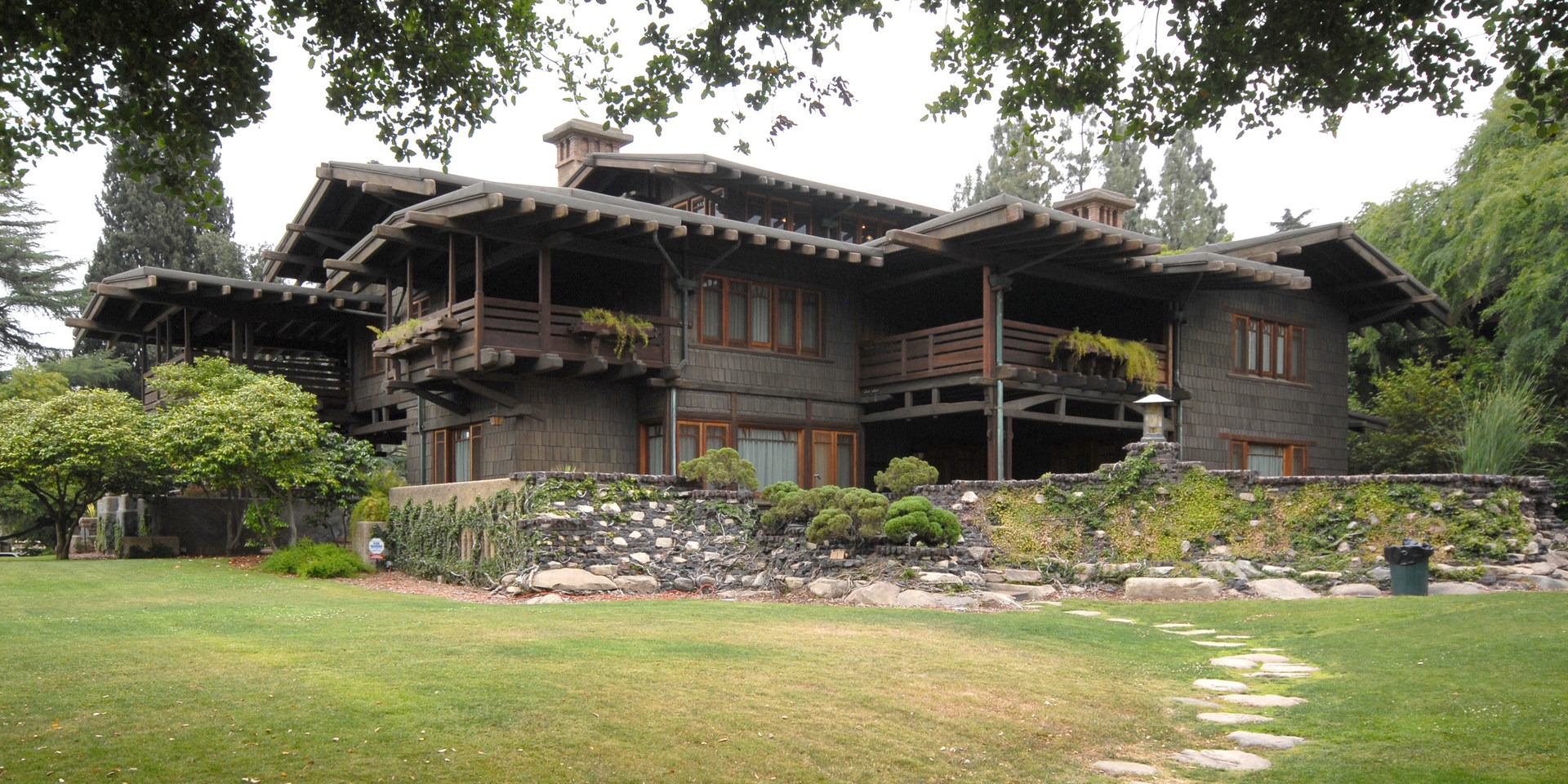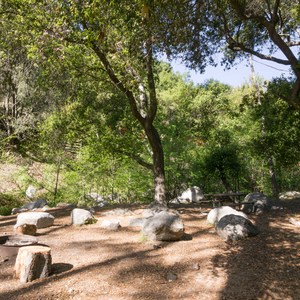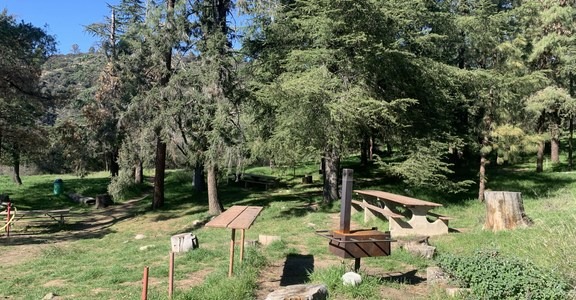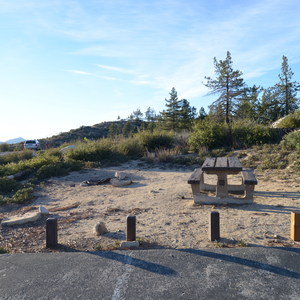In 1837, candlemaker William Proctor and soapmaker James Gamble united their businesses in Cincinnati, Ohio. Twenty years later their merged enterprise, Proctor & Gamble, had sales totaling $1 million annually and would go on to eventually become the global consumer products behemoth we know today. The continued fortunes of Proctor & Gamble enabled Gamble's grandson, David B. Gamble, to commission the architectural firm Greene and Greene to design what is now one of the most famous residences in the United States.
Originally a winter retreat for the Gambles, the Gamble House epitomized the intricate detailing, immaculate craftsmanship, bungalow warmth, natural materials, and environmental influence of the American Arts and Crafts style architecture made famous after the turn of the century and so widely embraced in the western U.S. The impressive three-story vacation home further reflects the leisurely culture and climate that Pasadena, California, is famous for; expansive property, lush gardens, large patios and terraces, surround the building, and outdoor sleeping porches are all incorporated throughout the structure's second story.
Built between 1908 and 1909, the house particularly reflects traditional Japanese architecture in its expressive use of a diversity of woods throughout the interior including teak, maple, oak, mahogany, and Port Orford Cedar as the primary well-weathering exterior material. Intricate stained glass work and detailing found in and outside the house takes cues from the Parisian lead Art Nouveau movement that was so ubiquitous from 1890 to 1910.
In 1946, after numerous family members took residence in the house, Cecil and Louise Gamble almost sold the residence to outsiders, but the couple quickly elected to turn the architectural landmark over to the public they learned that the perspective buyers had intended to paint much of the interior white. Today the property and structure are still maintained and owned in collaboration between the City of Pasadena and the University of Southern California's School of Architecture.
In 1977 the Gamble House was made a National Historic Landmark, and it was later brought to national attention as Dr. Emmett Brown's house in the 1985 film "Back to the Future."
Note: Public tours are only available Thursday through Sunday from 12 p.m. to 3 p.m.











Comments
Sign In and share them.